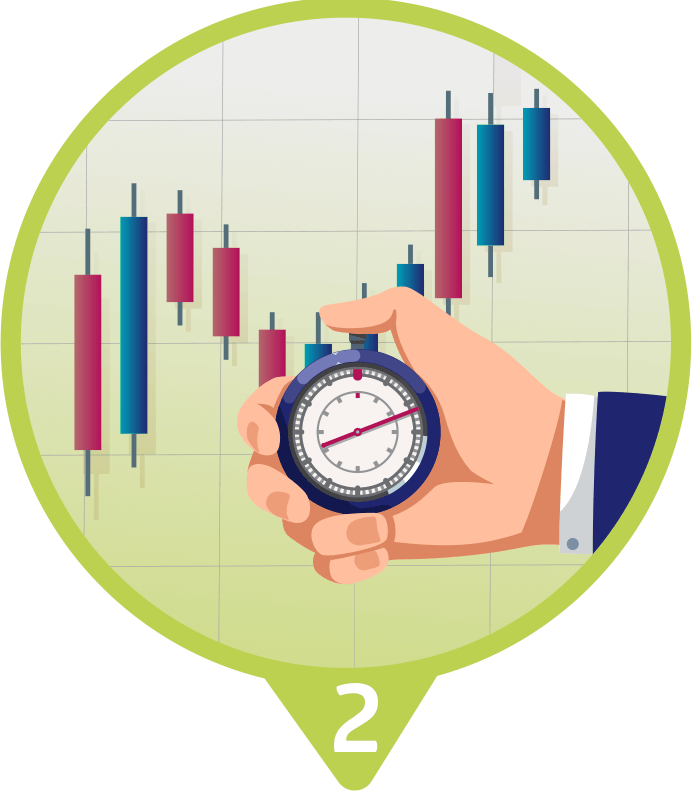 What is Technical Analysis?
What is Technical Analysis?
What is Technical Analysis?
Technical analysis (TA) is the study of market action, primarily through the use of charts, analysing market demand and supply, for the purpose of forecasting future price trends and managing risk.
In this infographic, we will take you through the fundamentals of TA and steps you can undertake to formulate a trading plan!


3 Underlying Assumptions of TA
Firstly, TA is based on three assumptions, technical analyst believe that:

The Market Discounts Everything
Fundamental information to broad market factors have already been priced into the stock, and hence the analysis of price movements are largely driven by supply and demand.

Price Moves in Trends
Prices move in short, medium, and long-term trend. In other words, a stock price is more likely to continue a past trend than moving erratically.

History Tends to Repeat Itself
History tends to repeat itself, and in a cyclical manner. The repetitive nature of price movements is often attributed to market psychology, which tends to be predictable based on emotions like fear or greed.
The Big Picture – 3 Trends of Technical Analysis
As mentioned in the previous section, technical analyst believe in trend analysis, and that prices move in short, medium, and long-term trend:
1
Short-term Trend
0 – 6 weeks
Price movements are explained by high-technical condition and low fundamental condition.

2
Medium-term Trend
6 weeks – 9 months
Price movements are explained by balanced technical and fundamental condition.

3
Long-term Trend
9 months- 2 years
Generally, in line with economic cycle and price movements are explained by high fundamental
condition and low technical condition.



Formulate a Trading Plan with Technical Analysis

















Step 1: Select a Swing Trading Strategy
‘Swing trading’ is a common term associated with TA, and it generally refers to ‘short-term view’ in technical trading. Swing strategies generally trades alongside the current trend or direction where traders aim to sell at highs (to maximise returns) and buy at significant lows (to minimise risk).
There are various long (bullish) and short (bearish) swing strategies, and traders can express these views via Structured Warrants or Daily Leverage Certificates listed on SGX.
Step 2: Manage Your Risk
After identifying the trade strategy, the next step is to manage risk for the trades. Exiting a trade upon breaking the stop lost price will help traders minimise their risk per trade and avoid risk of depleting a large portion of their capital.

Step 3: Keep a Trade Journal
Traders typically keep a record of their trades to help them check and monitor the progress of their trades.
They will then refine their decision-making process and identify areas to improve or maintain.
The following is an example of entries recorded in a typical trading journal.

Trade Journal Entry Example
| Trade Set-Up: | Long, Reversal Swing Trade |
| Stock: | ABC |
| Exchange: | SGX |
| Entry Price: | S$1.02 |
| Stop Price: | S$0.975 |
| Target Price: | S$1.14 |
| Actual Exit: | S$1.13 |
| Remarks | Market Depth showed huge selling queue at S$1.14, thus exited at S$.1.13 |
Last but not least. It is important to remember that there is no single superior trading technique or tool. Each trader sees the market differently and may employ a trading style or technique that resonates with his or her beliefs and knowledge about the market!
Interested to find out more?
Attend an upcoming workshop to learn more about Technical Analysis

Content contributed by: Brandon Leu, SGX Academy Trainer
Mr Brandon Leu’s portfolio of clients includes corporate, trusts and high net-worth individuals. Brandon joined the banking and finance industry in 2005 and he has been with UOB Kay Hian since 2013. Brandon conducts regular trading and technical analysis seminars at SGX, UOB Kay Hian, Bloomberg and other public institutions such as SMU and NUSS in Singapore.
